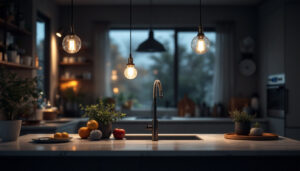
In the ever-evolving world of industrial lighting, LED technology has emerged as a game-changer, particularly for factory settings. As lighting contractors, understanding the nuances of LED factory lights is crucial for providing clients with the best solutions. This article aims to equip contractors with essential advice and insights into LED lighting for factories, ensuring they can make informed decisions and recommendations.
LED, or Light Emitting Diode, technology has revolutionized the way we approach lighting in various environments, including factories. Unlike traditional lighting options, LEDs offer numerous advantages that make them a preferred choice for industrial applications.
One of the standout features of LED lights is their energy efficiency. They consume significantly less power compared to incandescent or fluorescent lights, leading to substantial savings on electricity bills. This efficiency not only benefits the factory’s bottom line but also contributes to environmental sustainability.
For contractors, highlighting energy savings can be a persuasive selling point. Clients are increasingly aware of their carbon footprint and are looking for ways to reduce it. By switching to LED lights, factories can achieve lower energy consumption without compromising on brightness or quality. Additionally, many regions offer incentives or rebates for businesses that adopt energy-efficient technologies, further enhancing the financial appeal of transitioning to LED lighting.
LED lights are known for their impressive lifespan, often lasting up to 25,000 hours or more. This longevity means fewer replacements and reduced maintenance costs for factories. In high-demand environments, where downtime can be costly, the durability of LEDs becomes a significant advantage.
When discussing LED options with clients, it is essential to emphasize the long-term benefits. Although the initial investment may be higher than traditional lighting, the overall cost savings in maintenance and replacement can make LEDs a more economical choice over time. Furthermore, LEDs are resistant to shock and vibration, making them ideal for industrial settings where equipment may be subject to harsh conditions. This resilience not only enhances their lifespan but also ensures consistent performance in challenging environments.
The quality of light produced by LEDs is another critical factor. They provide bright, consistent illumination that is essential in factory settings where precision and visibility are paramount. Furthermore, LEDs are available in various color temperatures, allowing contractors to recommend the best options based on the specific needs of the workspace.
Understanding the importance of light quality can help contractors tailor their recommendations. For instance, areas requiring intricate work may benefit from cooler light temperatures, while warmer tones can create a more comfortable atmosphere in break rooms or lounges. Additionally, the ability of LEDs to provide instant illumination without warm-up time is a significant advantage in environments where immediate visibility is crucial, such as during shift changes or emergency situations. This instant-on capability ensures that workers can safely navigate their surroundings without delay, contributing to overall workplace efficiency and safety.
With a myriad of LED fixtures available on the market, selecting the right ones for a factory can be daunting. However, understanding the specific requirements of the space can simplify the decision-making process. Factors such as the nature of the work being performed, the layout of the factory, and even the color of the walls can influence the type of lighting that will be most effective. By taking the time to analyze these elements, businesses can make informed choices that enhance productivity and safety.
There are several types of LED fixtures suitable for factory environments, including high bay lights, low bay lights, and linear fixtures. High bay lights are ideal for warehouses with high ceilings, providing powerful illumination over large areas. These fixtures often come with advanced features such as dimming capabilities and motion sensors, which can further enhance energy efficiency. Low bay lights, on the other hand, are designed for spaces with lower ceilings and can be used effectively in assembly lines or storage areas. They provide sufficient light without overwhelming the space, ensuring that workers can perform their tasks comfortably.
Linear fixtures are versatile and can be used in various applications, including task lighting and general illumination. These fixtures can be mounted on ceilings or walls, making them adaptable to different environments. By assessing the layout and height of the factory, contractors can recommend the most suitable fixture types to meet the lighting needs. Additionally, considering the color temperature of the lights can also impact the work environment; cooler temperatures can enhance alertness, while warmer tones can create a more relaxed atmosphere.
Lumen output is a crucial factor when selecting LED lights for factories. It measures the amount of light emitted by a source, and different areas of a factory will require varying lumen levels. For example, areas with intricate tasks may need higher lumens to ensure visibility, while storage areas may require less. This differentiation is essential not only for safety but also for improving the quality of work produced in the factory.
Contractors should conduct a thorough assessment of the workspace to determine the appropriate lumen output for each section. This approach ensures that the lighting is both effective and energy-efficient, meeting the specific needs of the factory. Moreover, utilizing smart lighting solutions can allow for adjustments in lumen output based on real-time needs, further optimizing energy consumption and enhancing the working environment.
The distribution and beam angle of LED fixtures play a vital role in how light is spread throughout a space. A narrow beam angle may be suitable for focused task lighting, while a wider beam angle can provide general illumination for larger areas. Understanding the layout of the factory and the specific tasks performed in each area allows contractors to recommend fixtures with the appropriate beam angles. This consideration ensures that light is distributed evenly, minimizing shadows and enhancing overall visibility.
Additionally, the placement of fixtures can significantly impact their effectiveness. For instance, strategically positioning lights to avoid glare on screens or reflective surfaces can improve comfort and reduce eye strain for workers. Furthermore, incorporating adjustable fixtures that allow for reorientation as the factory layout changes can provide long-term flexibility, ensuring that the lighting remains optimal as operational needs evolve. This adaptability not only enhances productivity but also contributes to a safer working environment by ensuring that all areas are adequately illuminated.
Once the right LED fixtures have been selected, the installation process becomes paramount. Proper installation not only maximizes the performance of the lighting system but also ensures safety and compliance with regulations.
Before installation, it is essential to plan the layout of the lighting system carefully. This planning involves determining the optimal placement of fixtures to achieve even illumination throughout the factory. Factors such as ceiling height, fixture spacing, and the specific tasks performed in each area should be taken into account.
Contractors can utilize lighting design software to create a visual representation of the planned layout. This tool can help identify potential issues and ensure that the final installation meets the desired lighting goals.
Safety is a critical consideration in any industrial setting. LED installations must comply with local and national safety standards to ensure the well-being of workers. This compliance includes adhering to regulations regarding electrical installations, emergency lighting, and hazardous locations.
Contractors should stay updated on relevant codes and standards to avoid potential liabilities. Ensuring that installations meet safety requirements not only protects workers but also enhances the contractor’s reputation for professionalism and reliability.
After installation, testing the lighting system is essential to ensure it operates as intended. This testing phase should include checking for proper illumination levels, verifying that fixtures are securely mounted, and assessing the overall performance of the lighting system.
Adjustments may be necessary to optimize the lighting for specific tasks or areas within the factory. Engaging with clients during this phase allows for feedback and ensures that the final setup meets their expectations.
While LEDs are known for their longevity, regular maintenance is still necessary to ensure optimal performance. Establishing a maintenance plan can help prevent issues and extend the lifespan of the lighting system.
Conducting regular inspections of the lighting system is vital for identifying potential problems before they escalate. This inspection should include checking for any flickering or dimming lights, ensuring that fixtures are clean and free from dust, and verifying that all components are functioning correctly.
Contractors can offer clients a maintenance schedule, outlining when inspections should occur and what specific tasks will be performed. This proactive approach can help clients feel more secure in their investment and reduce the likelihood of unexpected failures.
Over time, dust and debris can accumulate on LED fixtures, affecting their performance. Regular cleaning is essential to maintain optimal light output. Additionally, contractors should advise clients on the importance of replacing any faulty components promptly to avoid disruptions in lighting.
Providing clients with simple cleaning guidelines can empower them to take an active role in maintaining their lighting systems. This collaboration can lead to a more efficient and effective lighting solution overall.
As technology continues to advance, there may be opportunities to upgrade existing LED systems for improved performance or energy efficiency. Contractors should stay informed about the latest developments in LED technology and be prepared to recommend upgrades when beneficial.
Encouraging clients to consider upgrades can enhance their lighting experience and ensure they are utilizing the most efficient solutions available. This proactive approach not only adds value to the contractor-client relationship but also positions the contractor as a knowledgeable resource in the industry.
In conclusion, the transition to LED lighting in factory settings presents numerous advantages, from energy efficiency to enhanced quality of light. For lighting contractors, understanding the intricacies of LED technology, selecting the right fixtures, ensuring proper installation, and providing ongoing maintenance are essential components of delivering effective lighting solutions.
By staying informed and proactive, contractors can position themselves as trusted advisors in the industrial lighting space, ultimately benefiting both their clients and their own business. Embracing the shift towards LED technology not only meets the demands of modern factories but also contributes to a more sustainable future.
Ready to elevate your lighting solutions and outshine the competition? Choose LumenWholesale for your next factory lighting project. Our spec-grade LED products promise exceptional quality and energy efficiency, all at unbeatable wholesale prices. Say goodbye to middleman markups and hello to a vast selection of industry-standard lighting that won’t let you down. Plus, with free shipping on bulk orders, you can stock up on premium lighting without worrying about extra costs. Don’t compromise on quality or value—discover the best wholesale lighting deals at LumenWholesale today, and light up your projects with confidence and convenience.
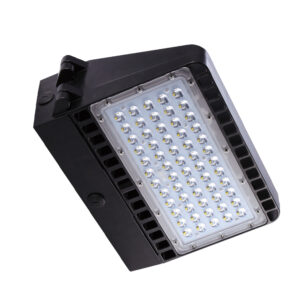
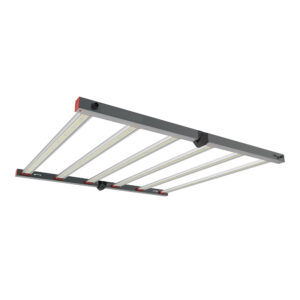
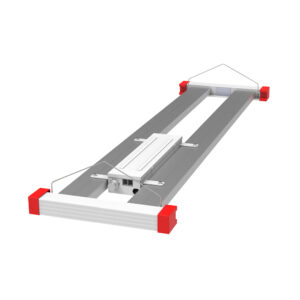
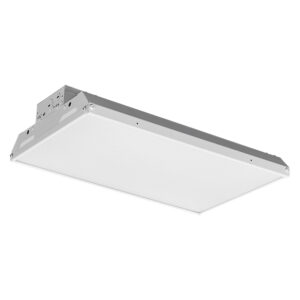
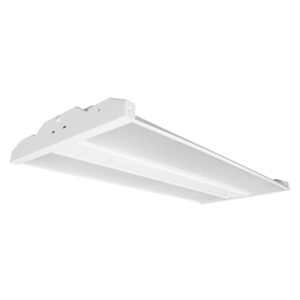
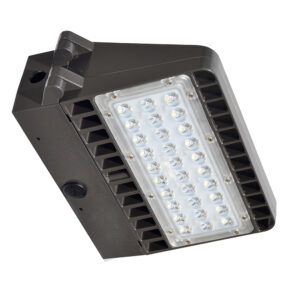
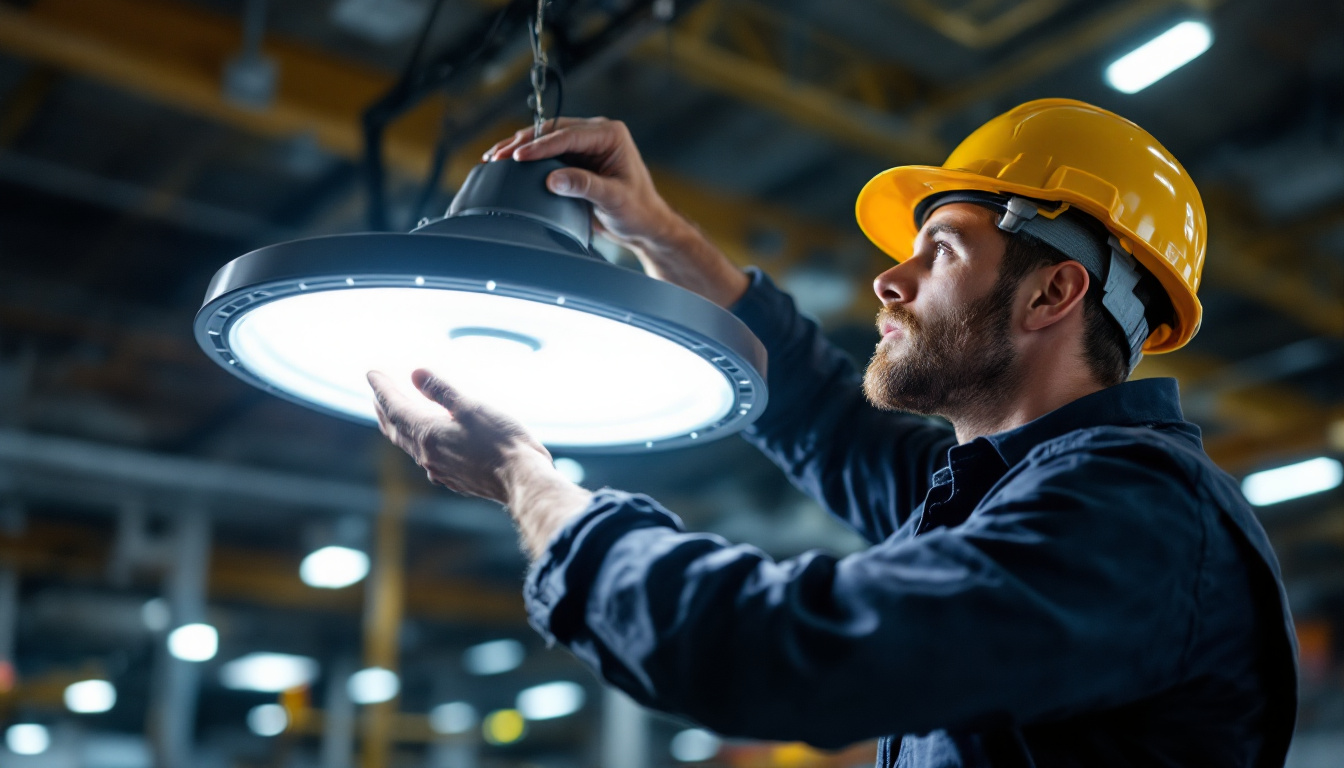
Explore how UFO LED high bay lights are transforming the lighting industry and boosting contractors’ profits.

Discover essential insights into fluorescent light bulbs tailored for lighting contractors.

Discover why purchasing residential lighting in bulk from local distributors might not be the best choice.

Discover the pitfalls lighting contractors often encounter with industrial LED fixtures.
Get notified when NEW deals are released.
Optimize your budget with wholesale discounts.
Only top-quality, specification-grade lighting products.
No additional costs at checkout - what you see is what you pay.
We understand the unique needs of contractors.